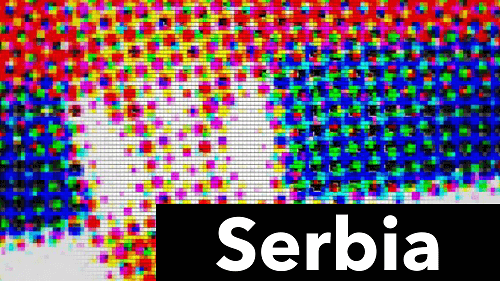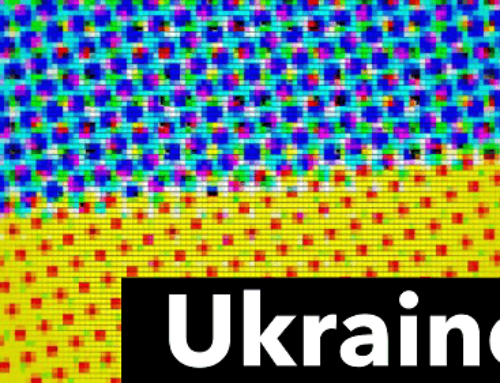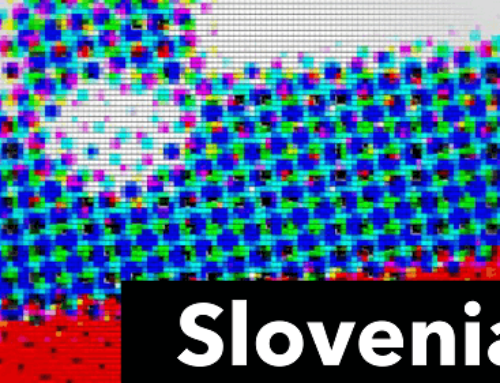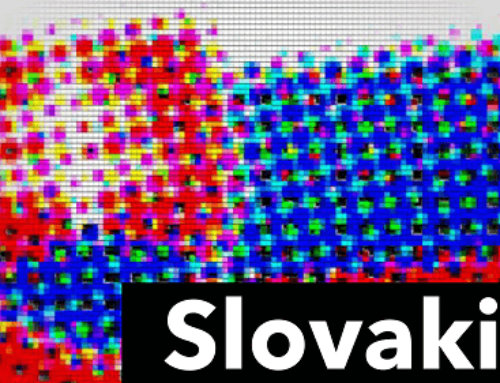Serbia is a parliamentary republic on the Balkan Peninsula with almost seven million inhabitants. The country has a lot to deal with historically, but is making no progress in coming to terms with the past in relation to the Yugoslav wars. This also has an impact on the country’s current political and economic system, which is explained in more detail below.
History
After the First World War, the so-called ‘SHS’ state emerged – a combination of Slovenia, Croatia and Serbia; The dominant party was the communist party. In 1929 there was authoritarian rule under the then king, who proclaimed the Kingdom of Yugoslavia. After the end of the Second World War, Josip Tito’s communist People’s Front won the elections and founded the Federal People’s Republic of Yugoslavia, consisting of the following six republics: Slovenia, Croatia, Bosnia, Macedonia, Serbia and Montenegro – each with its own parliament. Distancing from the Soviet Union followed, and finally Yugoslavia turned more westward and became a member of the non-aligned states, adopting an economically and politically more liberal system. In the 1990s, the separations of the socialist republics began with warlike consequences: Slovenia started in 1990 (10-day war), Croatia followed in 1991 (shells on Croatian cities), and then Bosnia in 1992 (heavy fighting). After these clashes, only the State union of Serbia and Montenegro remained, which also introduced a new constitution in 2003. Montenegro finally sought independence in 2006. Recently, Kosovo established itself as an independent state, which in turn led to fierce fighting between Serbian armed forces and the Kosovo underground army.
It is clear that the past of the Serbian state, as well as the responsibility for the individual wars and conflicts, has still not been worked through after all the years of conflict. [1]
The political system of Serbia
The Serbian President is elected by the people for five years and has the option of one re-election. He acts as a representative both internally and externally and, in the worst case, can dissolve the government. The parliament consists of one chamber and a total of 250 deputies, of which at least 1/3 must be women. Tasks of Parliament are the legislation, the appointment of judges for the constitutional court as well as the government. The legislative period is four years. After the parliamentary and presidential elections in 2022, Alexandar Vučić emerged victorious again (already president since 2017). His party – the Serbian Progressive Party – won the parliamentary elections with 44% of the votes and thus forms the government. [2]
Economic and international status
In the economic sector, Serbia is primarily struggling with youth unemployment, even if the general unemployment rate is ‘only’ 15%. The most important sector is the service sector, as well as agriculture; the industrial sector is unfortunately outdated in many areas of the country, which is why there is a dependence on foreign investors. There are also problems with the prevailing foreign trade deficit. [3]
The country has difficulties asserting itself internationally: the ongoing Kosovo conflict is preventing the country from joining the EU. Nevertheless, it receives funding from the EU as part of the IPA pre-accession aid and is also involved in cross-border programs. However, Serbia has had the status of an accession candidate since 2012. The country only has observer status at the WTO. Nevertheless, candidacy for membership was offered to Serbia by NATO. [4]
Christine Tapler





